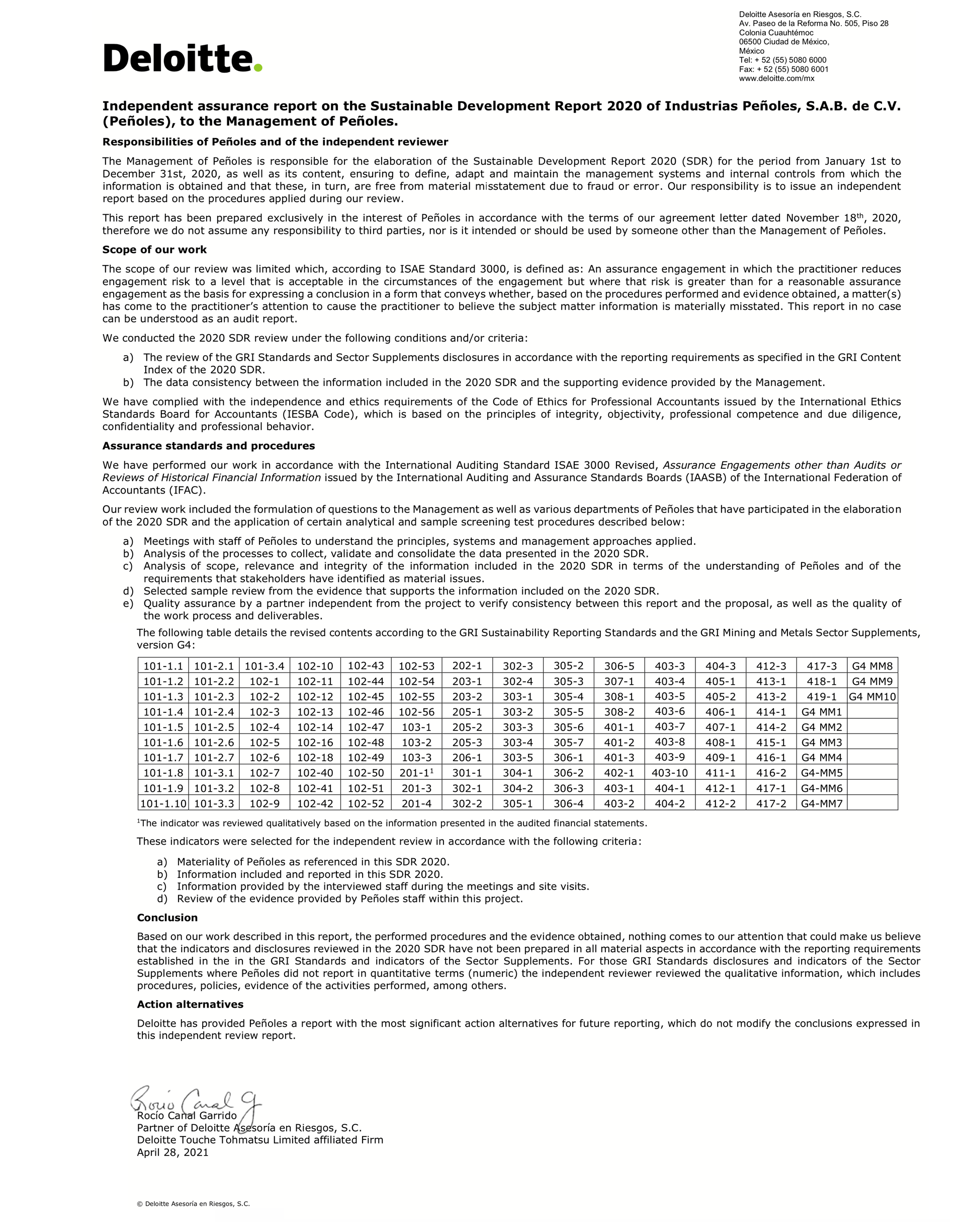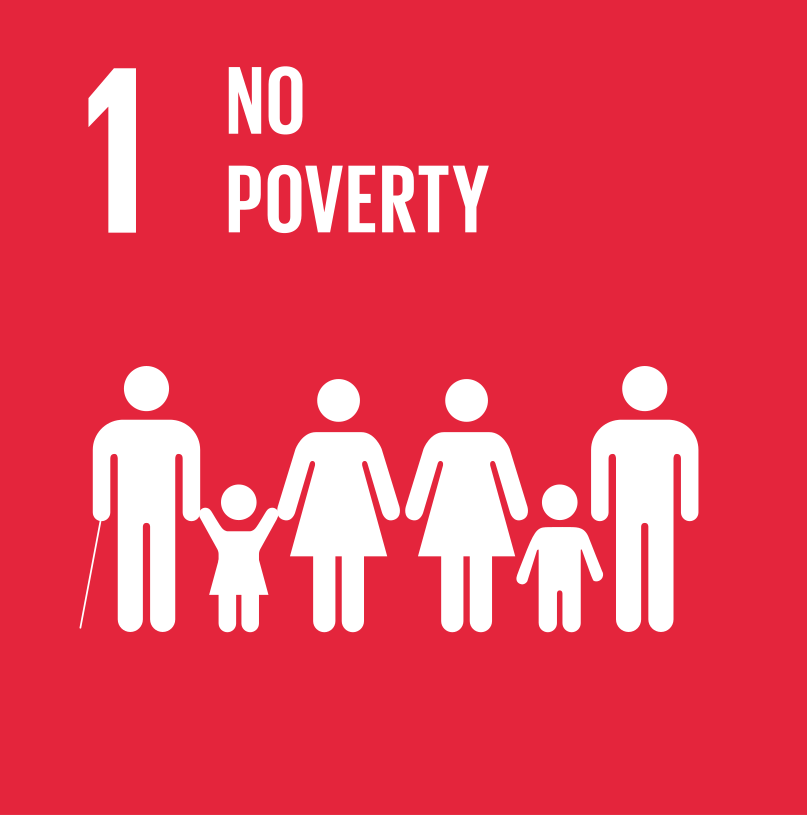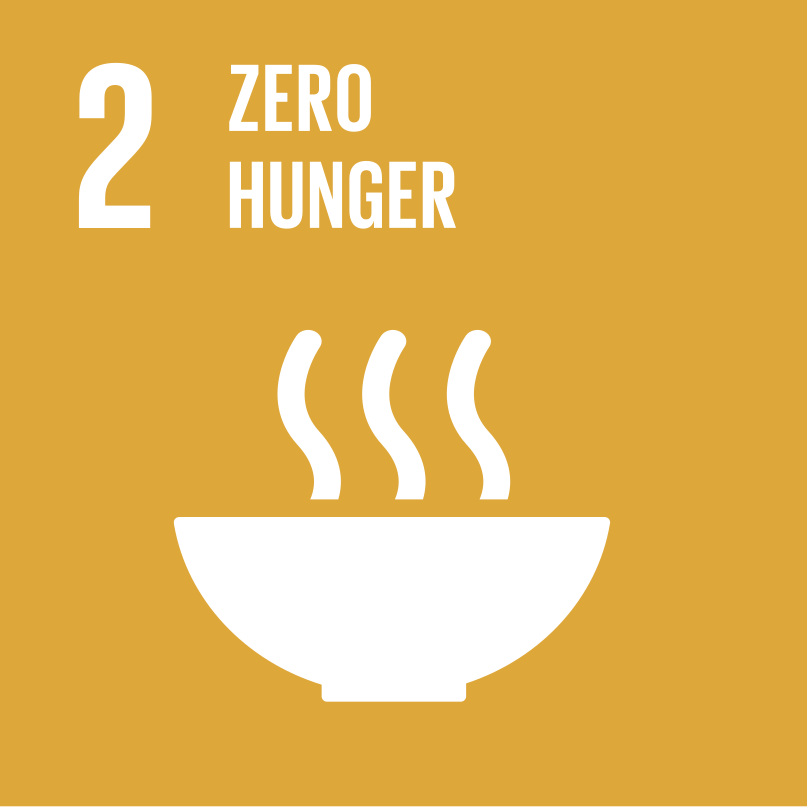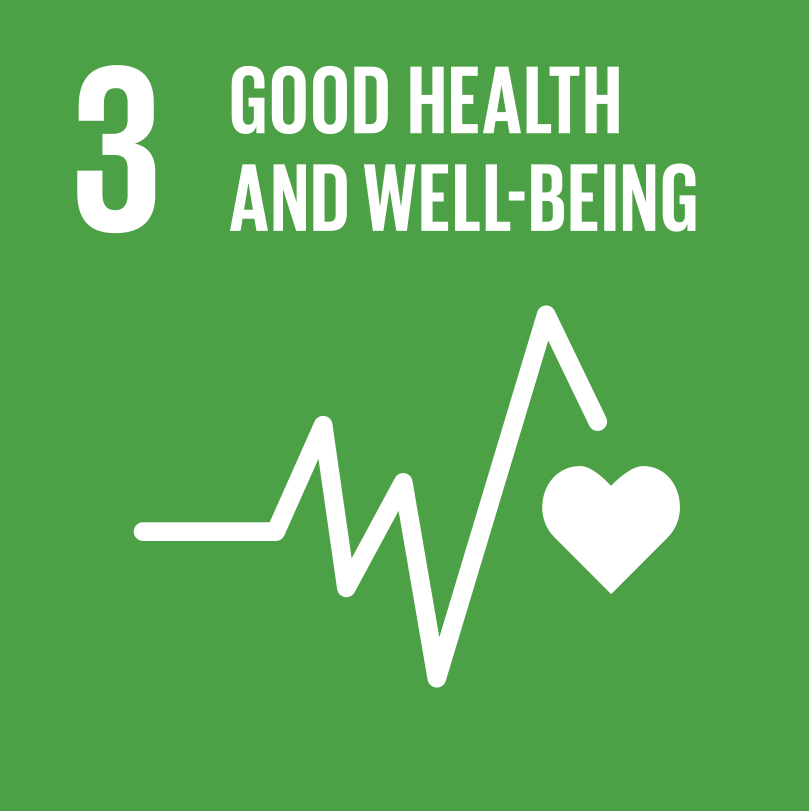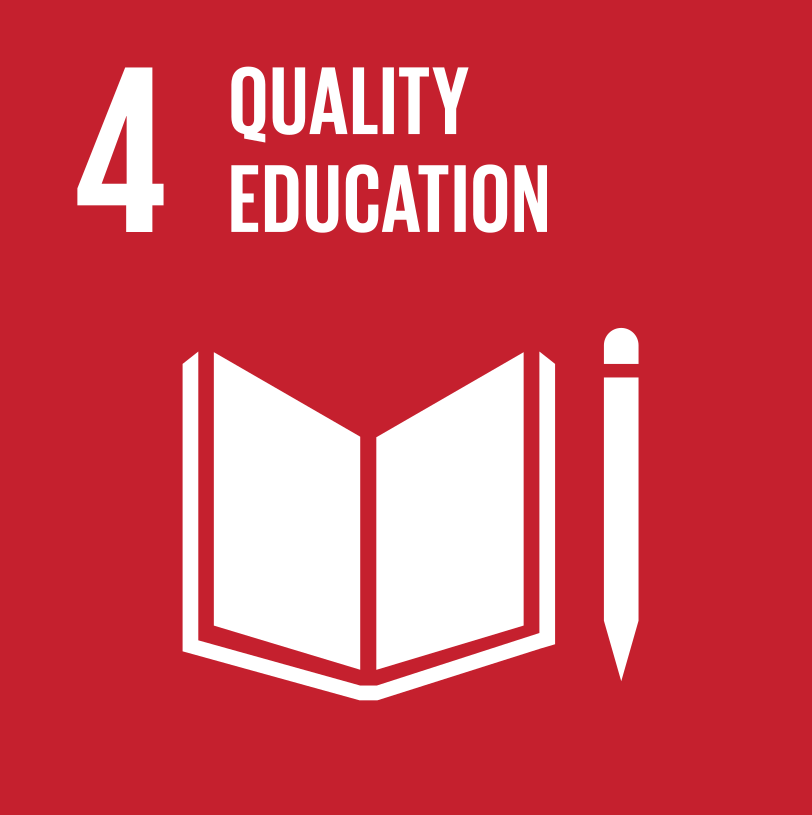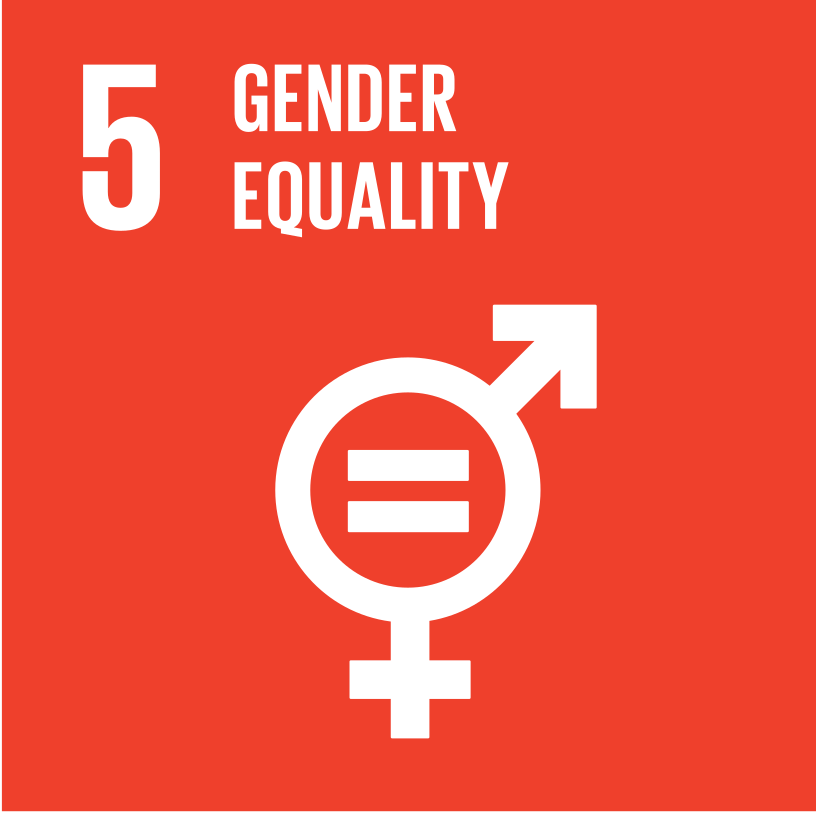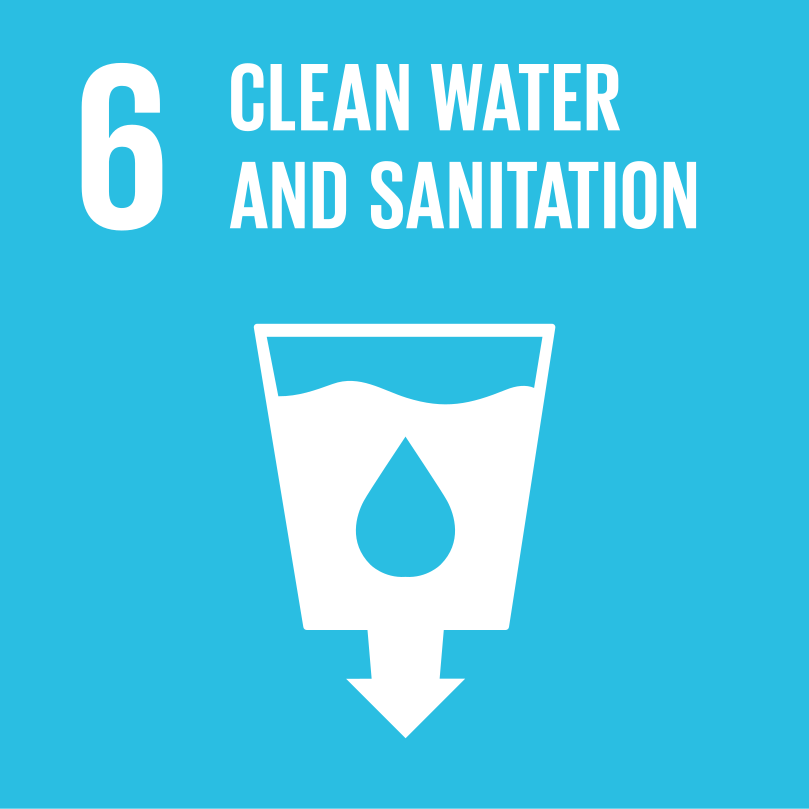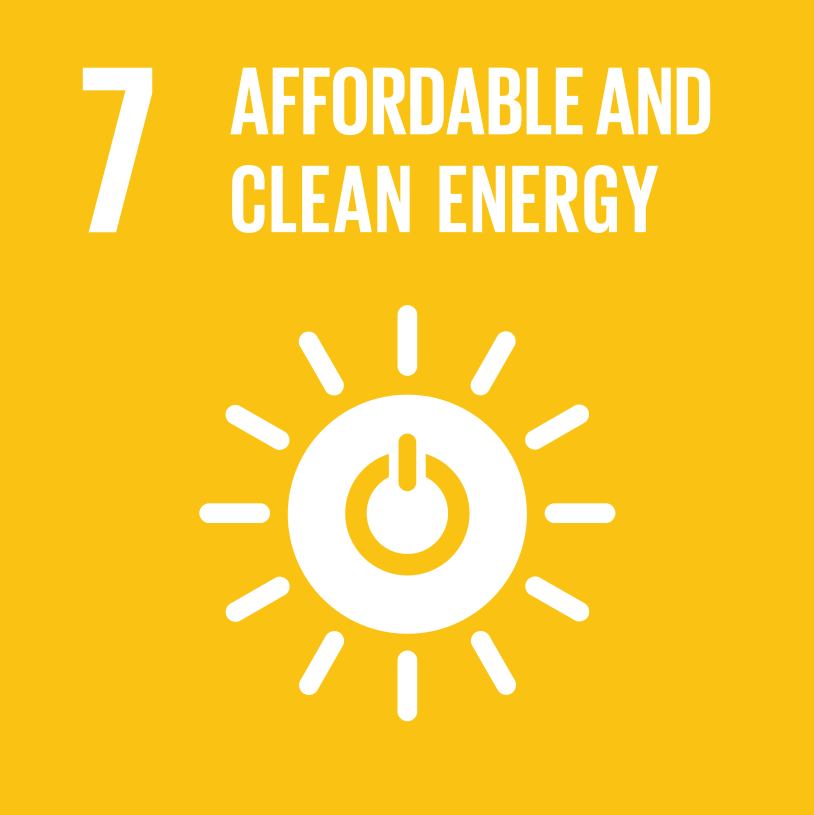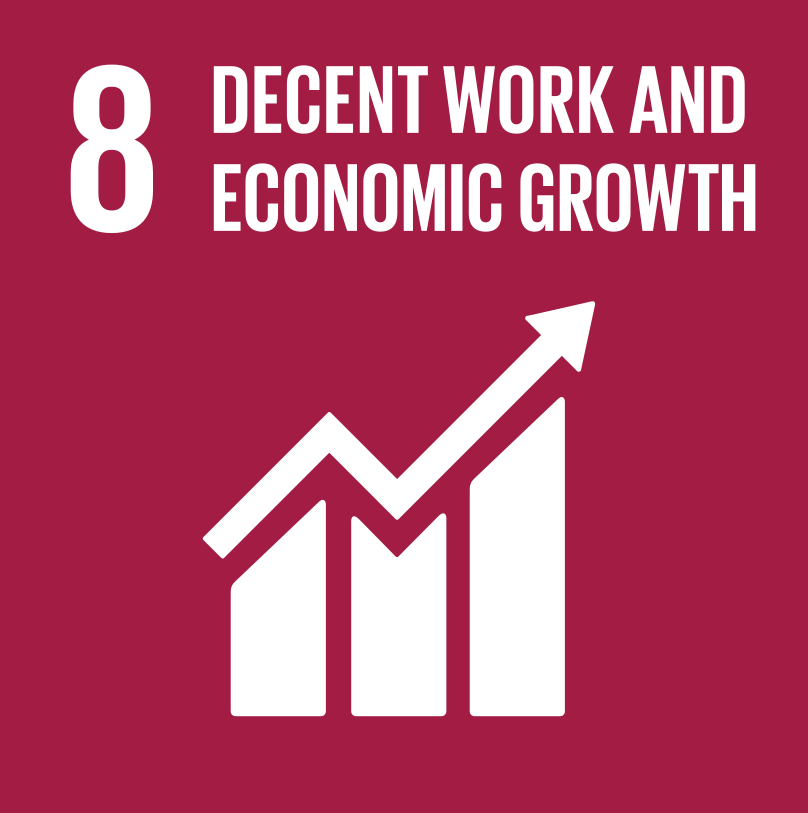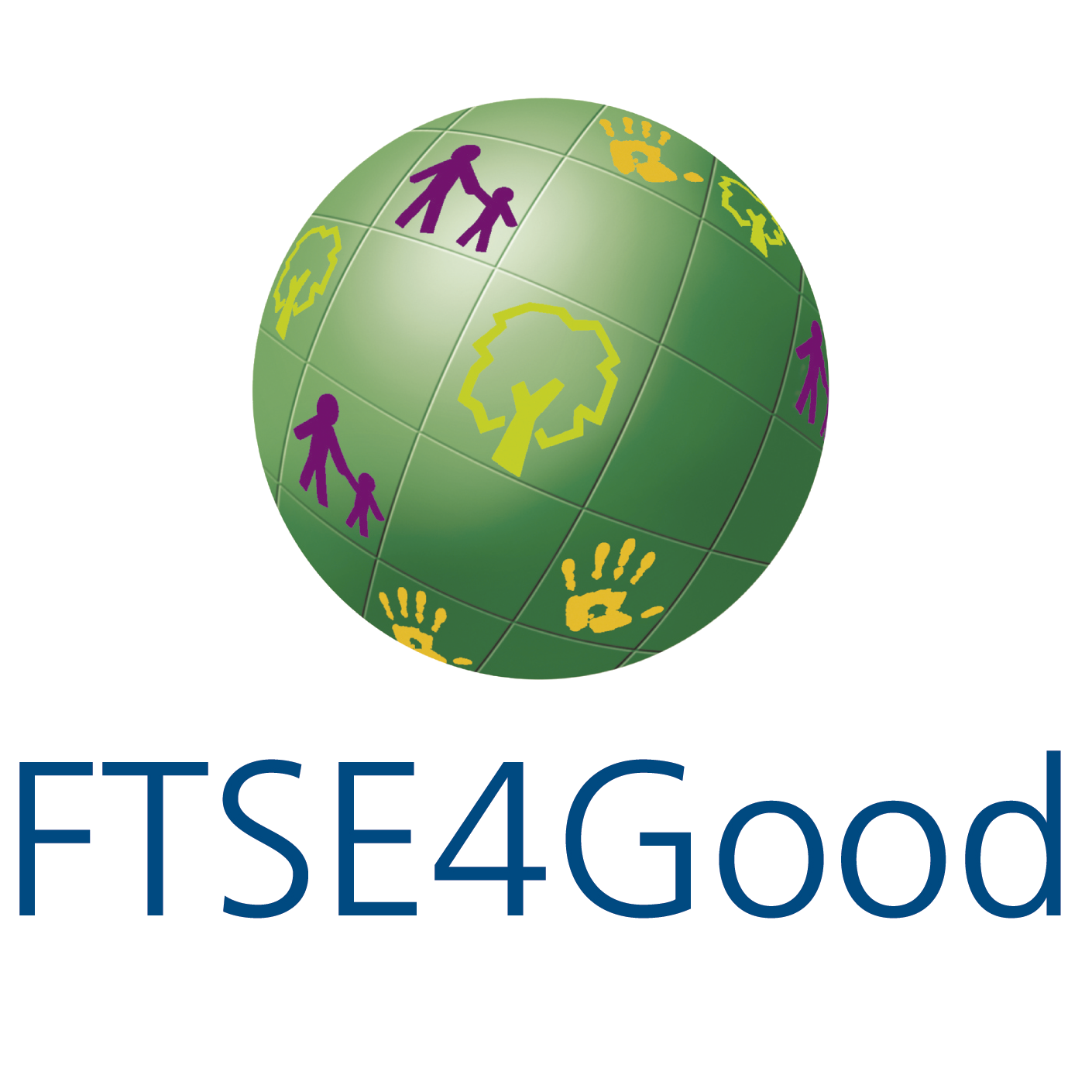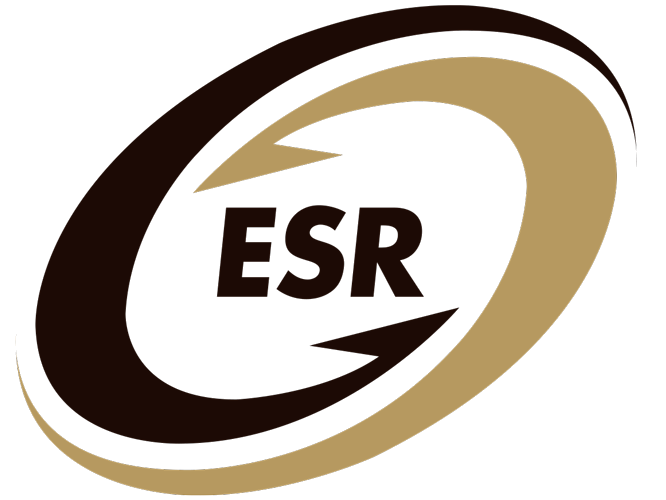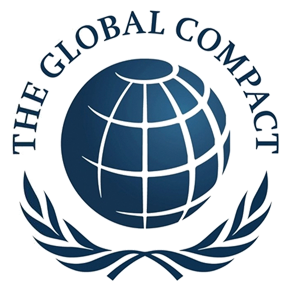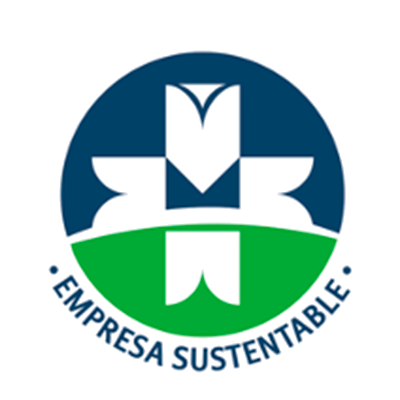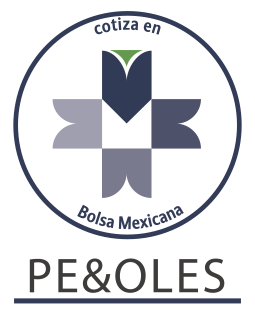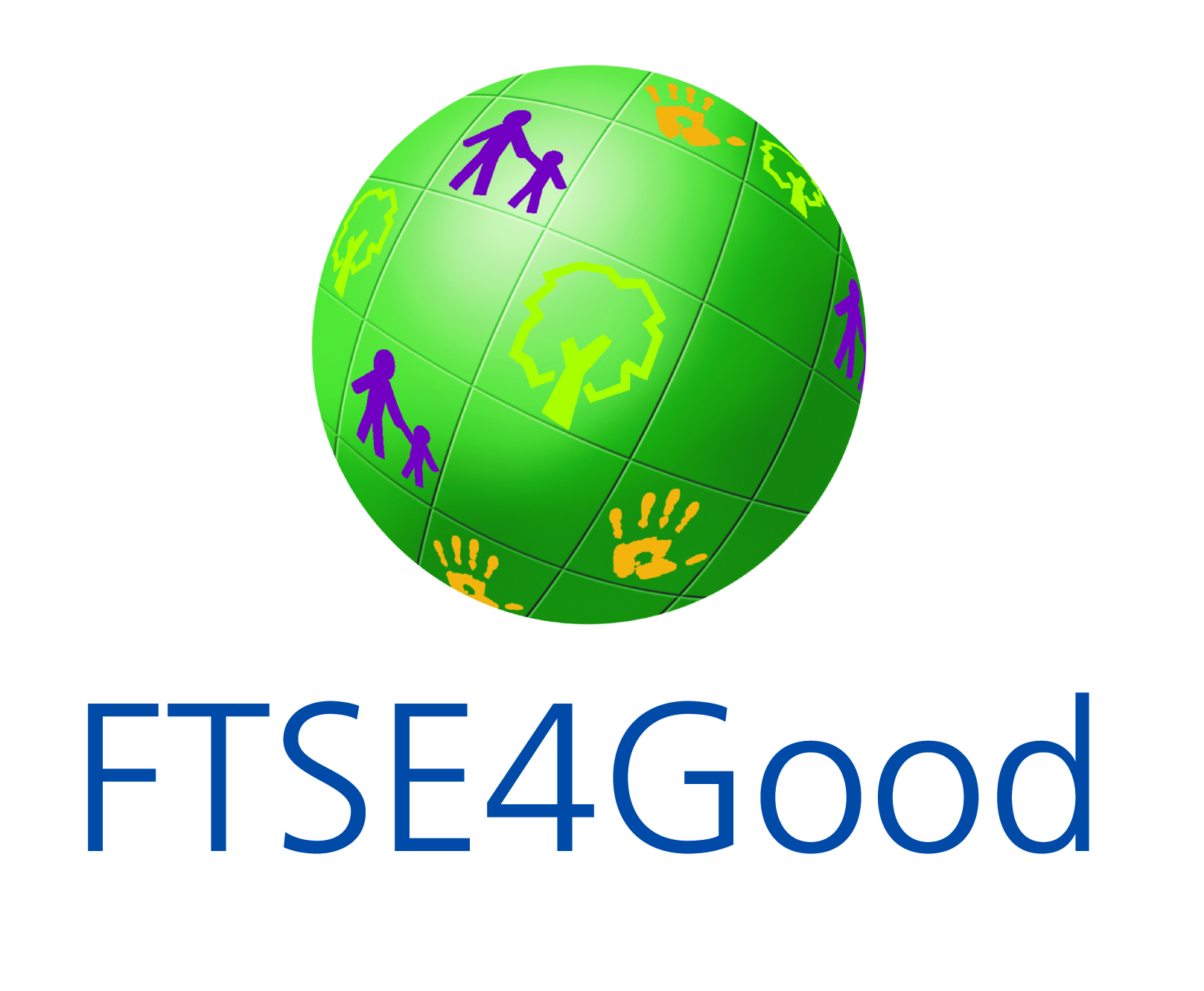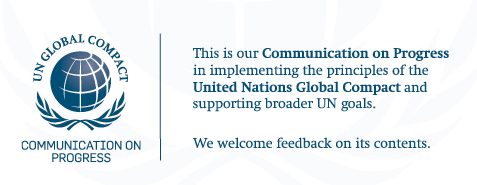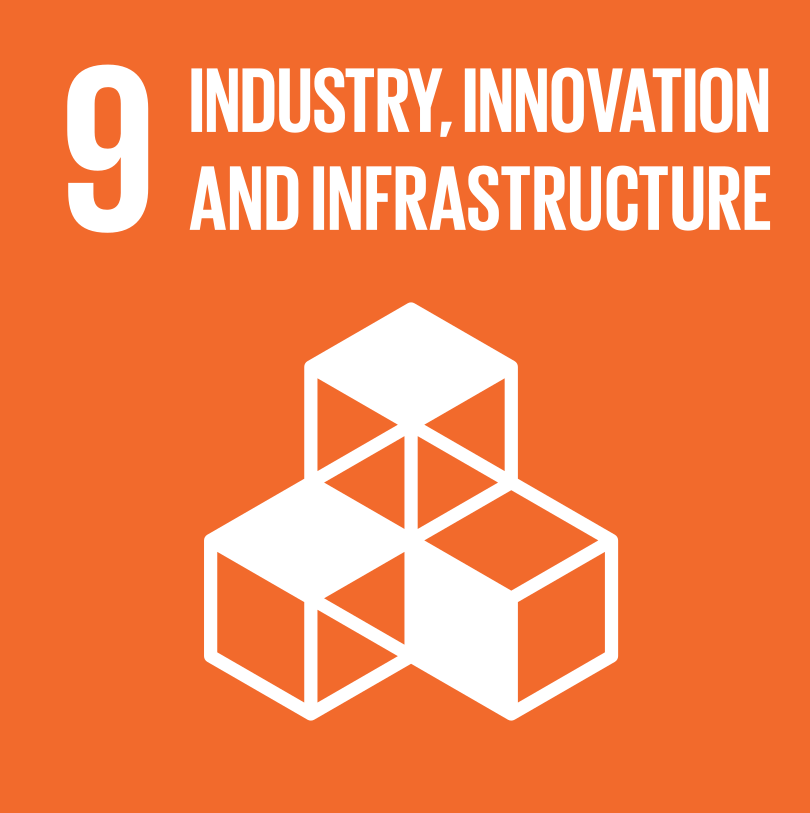
|
9.1 |
201-1, 203-1 |
| 9.4 |
201-1, 203-1 |
| 9.5 |
201-1 |
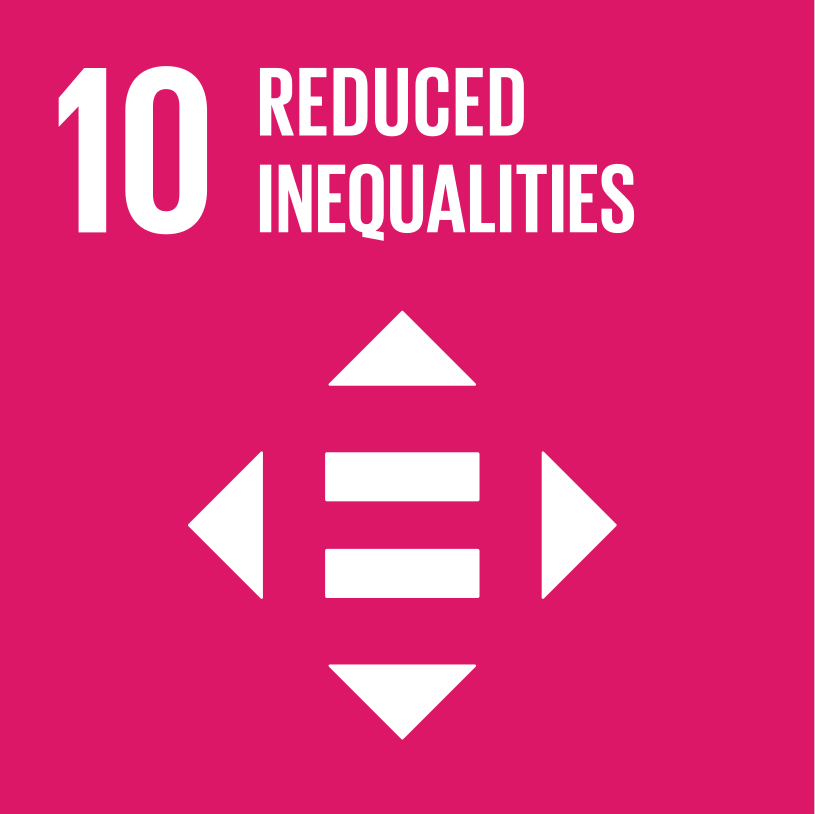
|
10.3 |
102-8-a, 102-8-c, 401-1, 404-1-a, 404-3-a, 405-2-a |
| 10.4 |
207-1, 207-2, 207-3, 207-4 |

|
11.2 |
203-1 |
| 11.6 |
306-1, 306-2-a, 306-2-b, 306-2-c, 306-3-a, 306-4-a, 306-4-b, 306-4-c, 306-4-d, 306-5-a,
306-5-b, 306-5-c, 306-5-d |
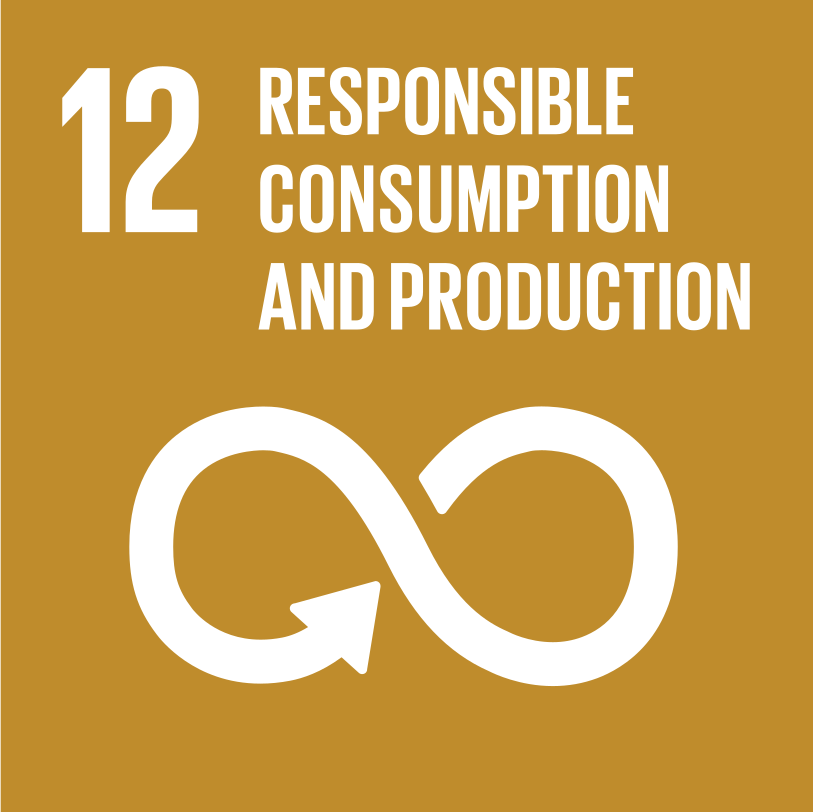
|
12.2 |
301-1-a, 301-2-a, 301-3-a, 302-1, 302-2-a, 302-3-a, 302-4-a, 302-5-a |
| 12.4 |
303-1-a, 303-1-c, 305-1, 305-2, 305-3, 305-6-a, 305-7, 306-1, 306-2-a, 306-2-b, 306-2-c,
306-3-a, 306-4-a, 306-4-b, 306-4-c, 306-4-d, 306-5-a, 306-5-b, 306-5-c, 306-5-d |
| 12.5 |
301-2-a, 301-3-a, 306-1, 306-2-a, 306-2-b, 306-2-c, 306-3-a, 306-4-a, 306-4-b, 306-4-c,
306-4-d, 306-5-a, 306-5-b, 306-5-c, 306-5-d |
| 12.8 |
417-1 |
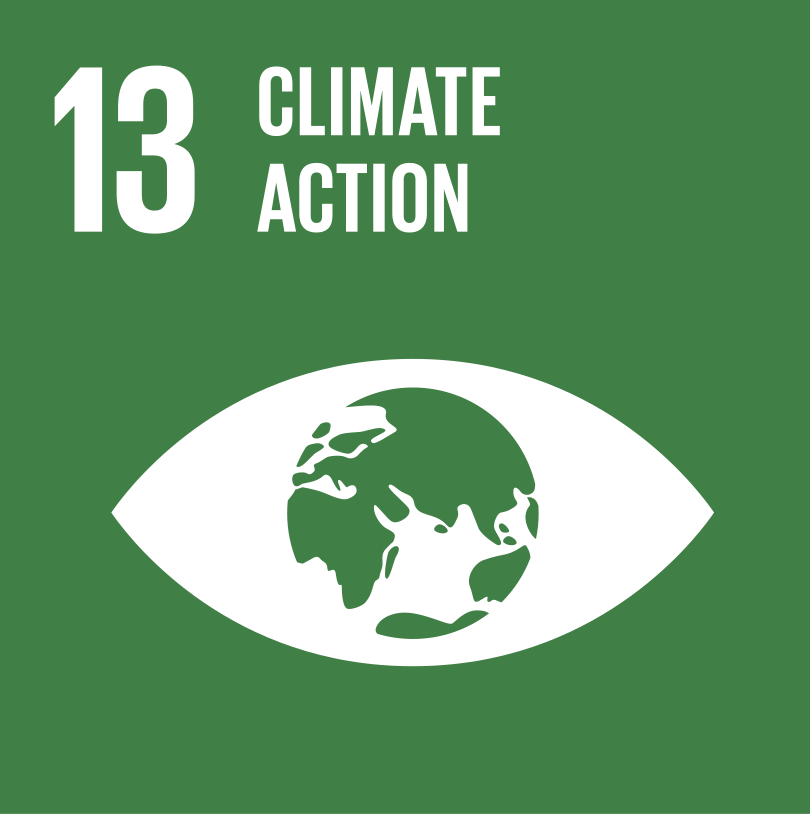
|
13.1 |
302-1, 302-2-a, 302-3-a, 302-4-a, 302-5-a, 305-1, 305-2, 305-3, 305-4-a, 305-5-a |
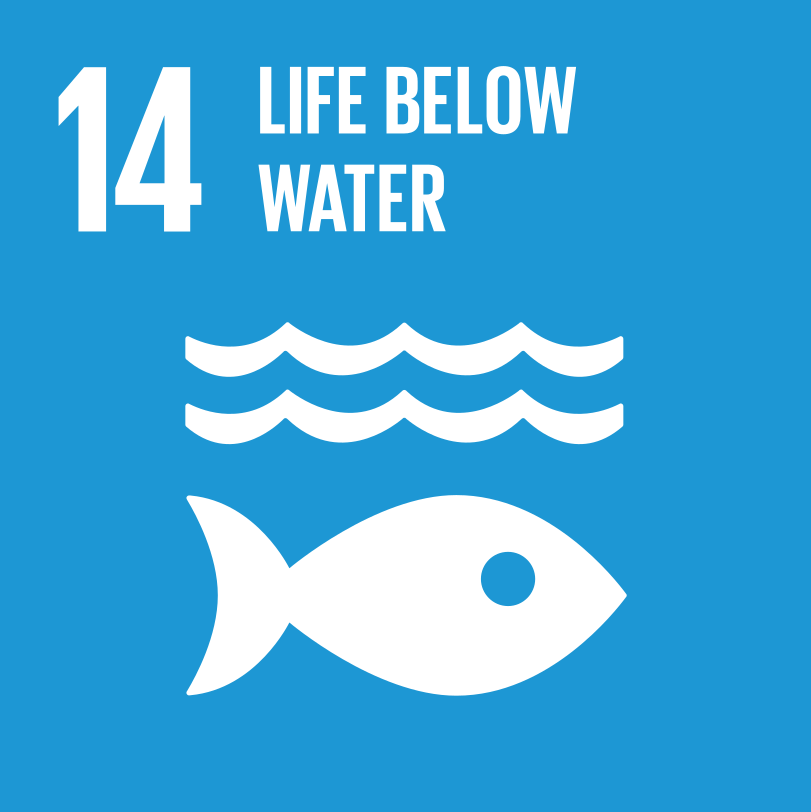
|
14.2 |
304-1-a, 304-2, 304-3-b |
| 14.3 |
305-1, 305-2, 305-3, 305-4-a, 305-5-a, 305-7 |
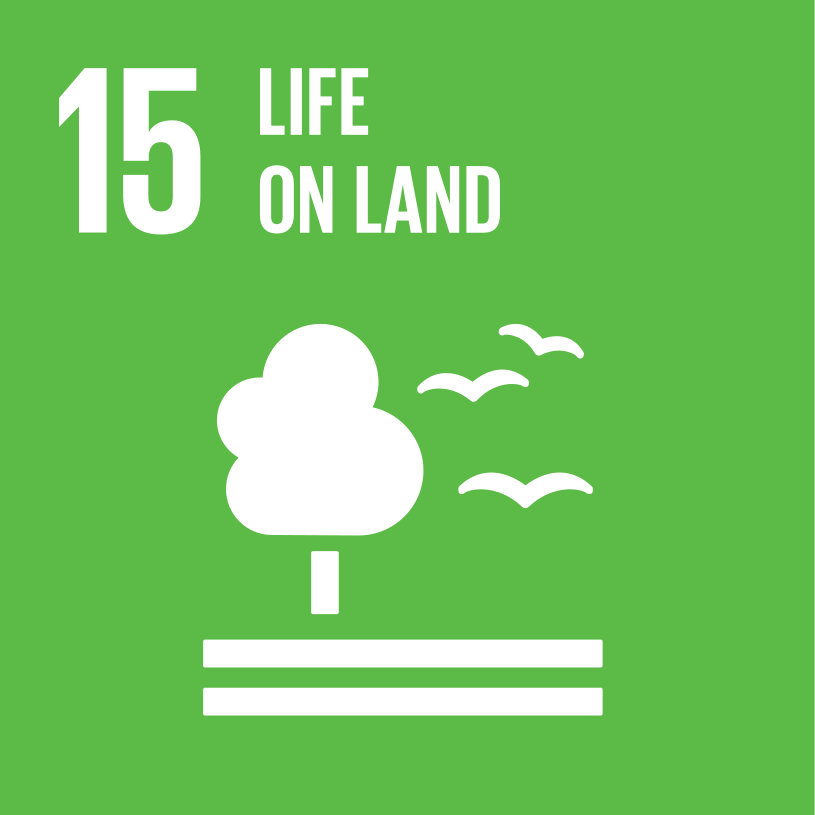
|
15.1 |
304-1-a, 304-2, 304-3, 304-4-a |
| 15.2 |
305-1, 305-2, 305-3, 305-4-a, 305-5-a, 305-7 |
| 15.3 |
304-1-a, 304-2, 304-3, 304-4-a |
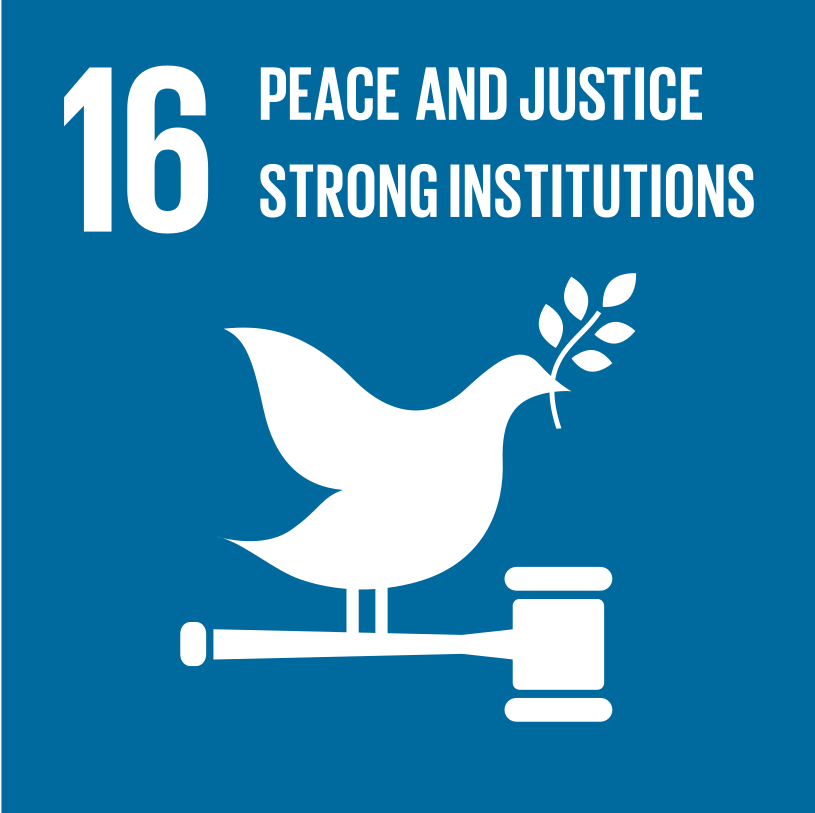
|
16.1 |
403-9-a, 403-9-b, 403-9-c, 403-10, 410-1, 414-1-a, 414-2 |
| 16.2 |
408-1 |
| 16.3 |
102-16-a, 102-17-a, 206-1, 307-1-a, 416-2, 417-2, 417-3, 418-1, 419-1-a |
| 16.5 |
205-1, 205-2, 205-3, 415-1-a |
| 16.6 |
102-23, 102-25 |
| 16.7 |
102-21, 102-22-a, 102-24, 102-29, 102-37, 403-4-a, 403-4-b |
| 16.10 |
418-1 |
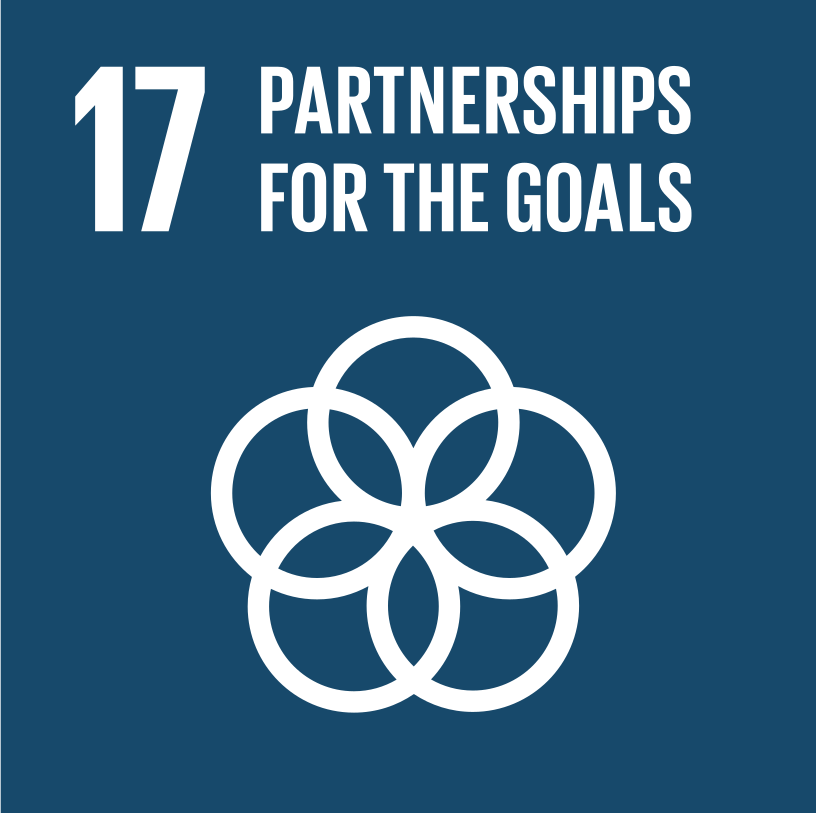
|
17.1 |
207-1, 207-2, 207-3, 207-4 |
| 17.3 |
207-1, 207-2, 207-3, 207-4 |





